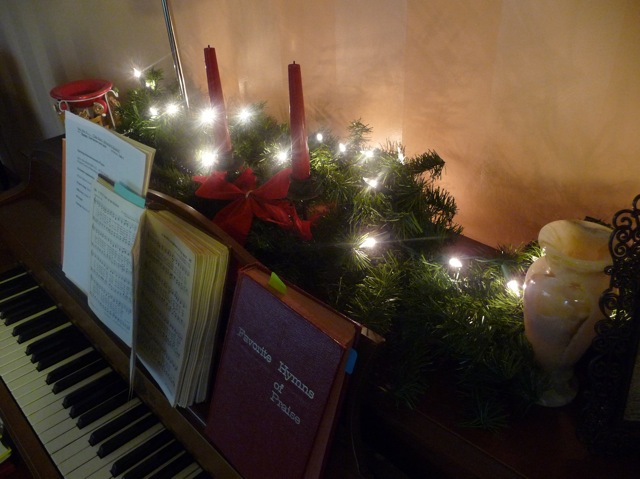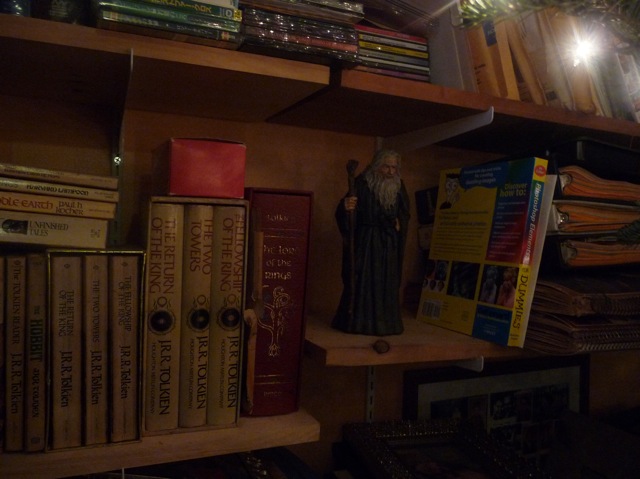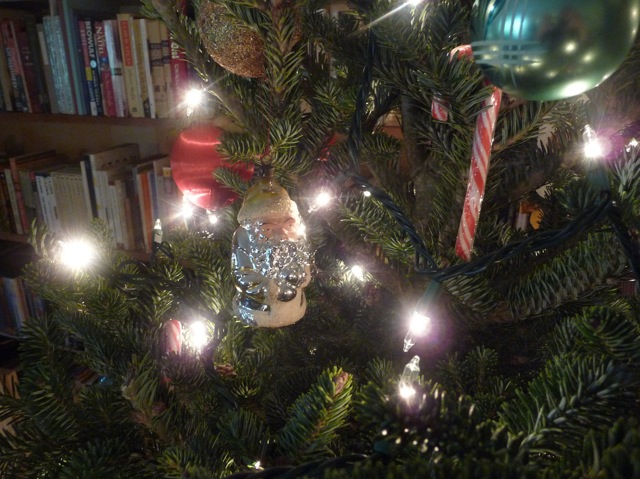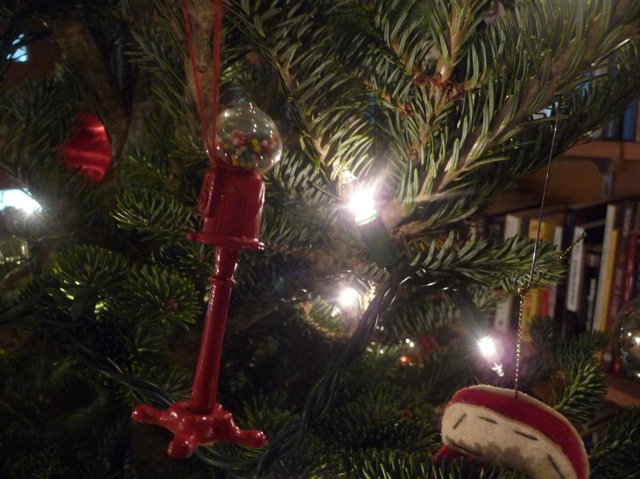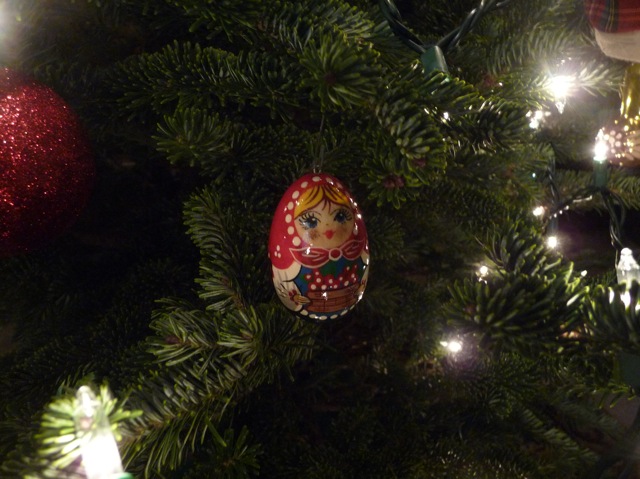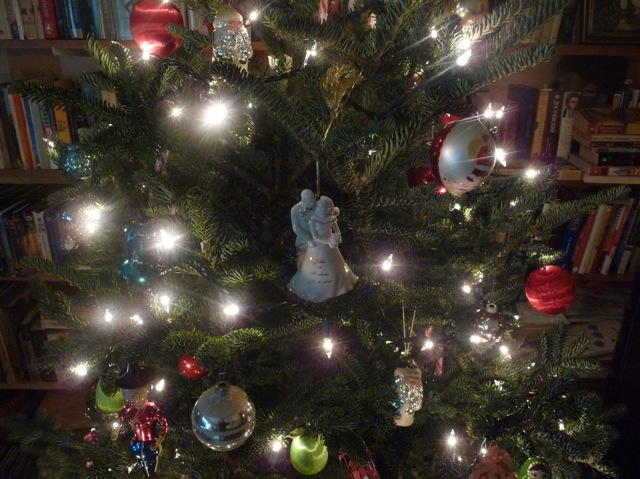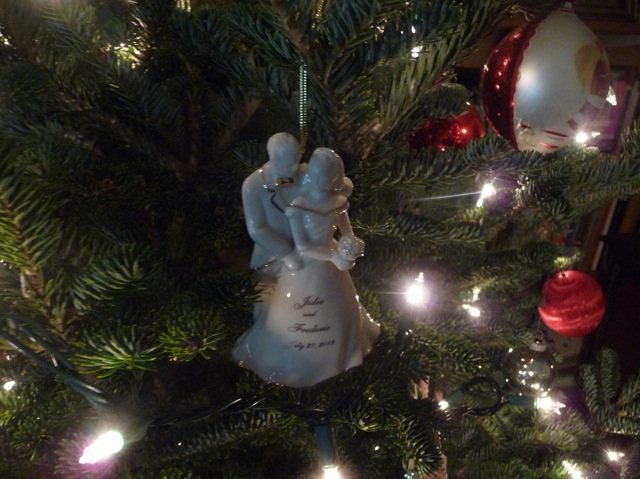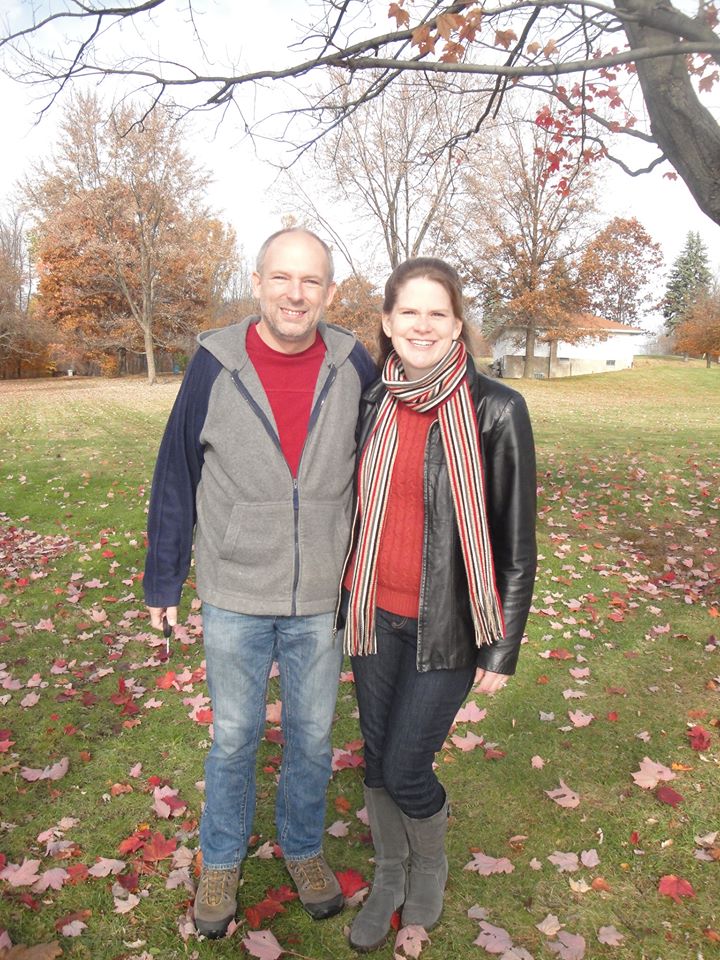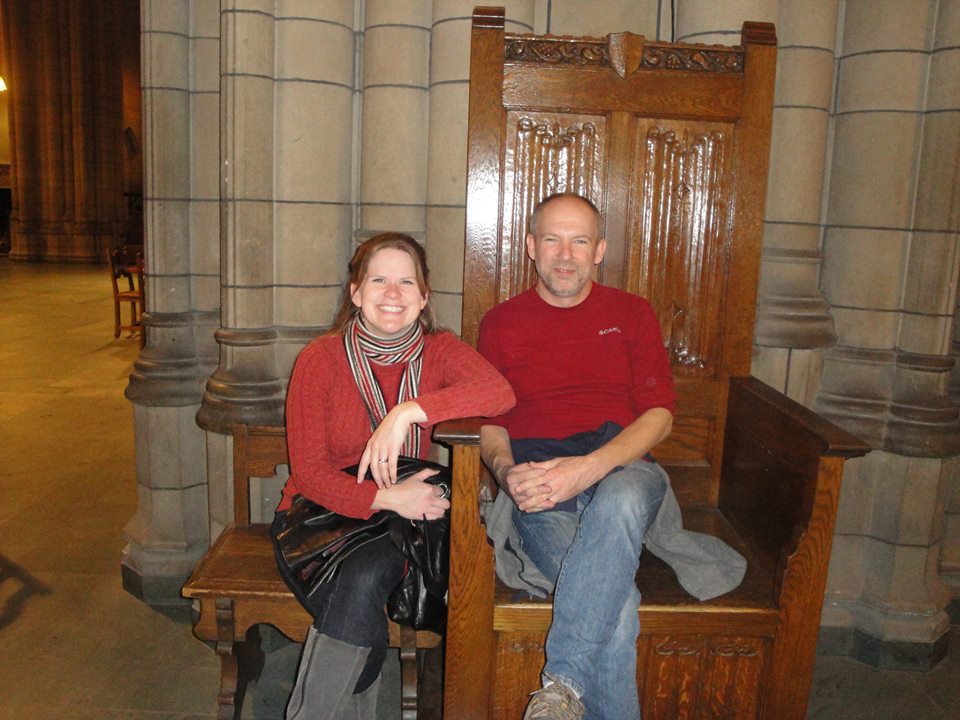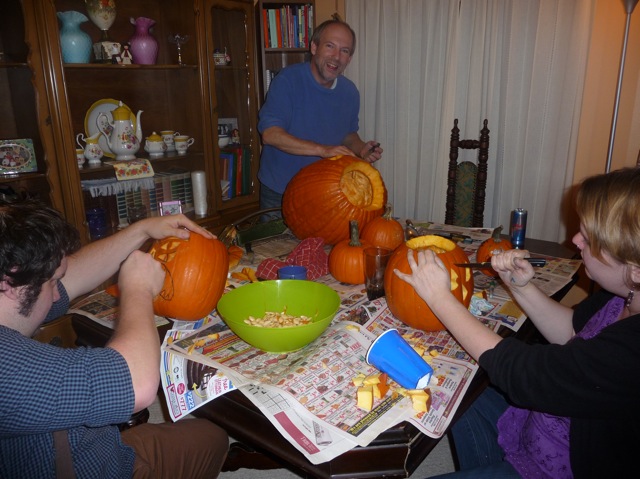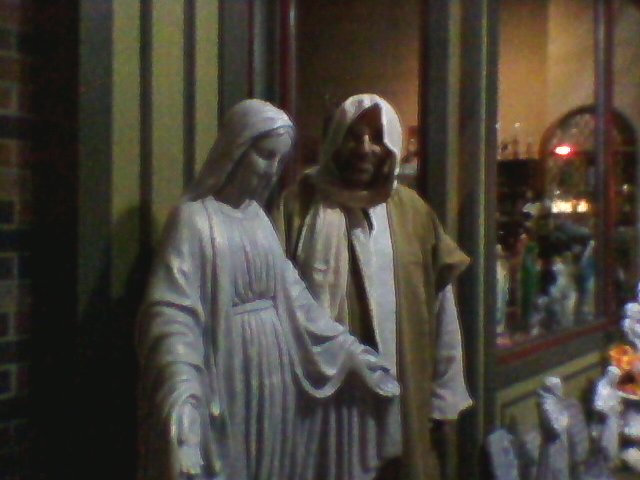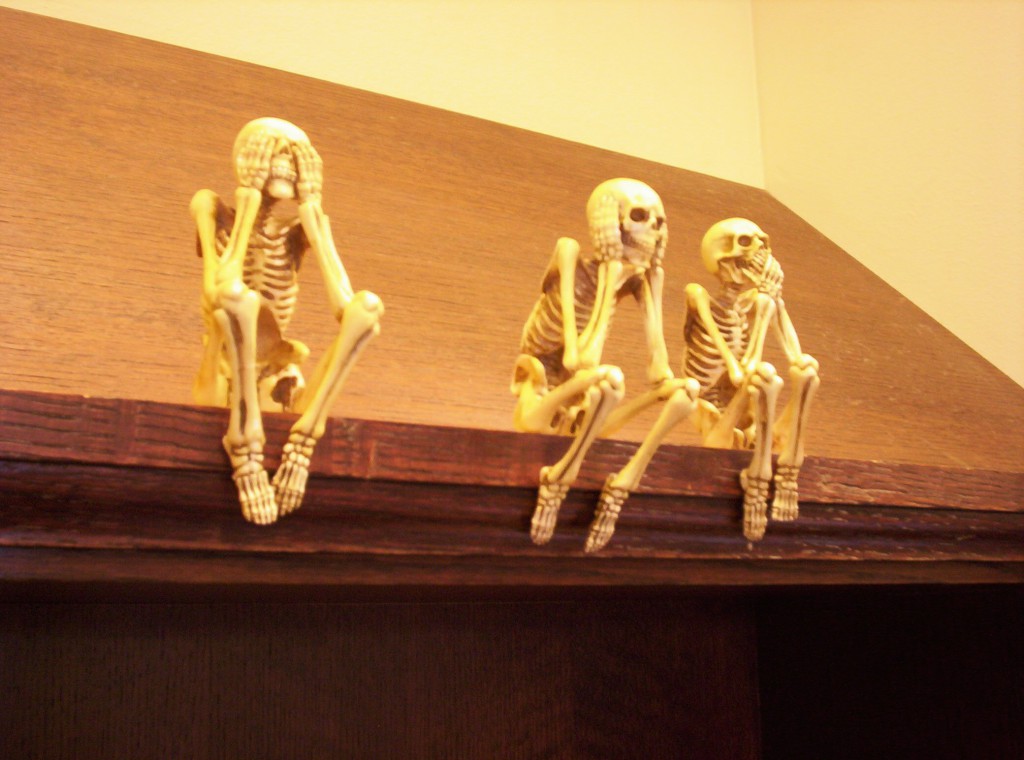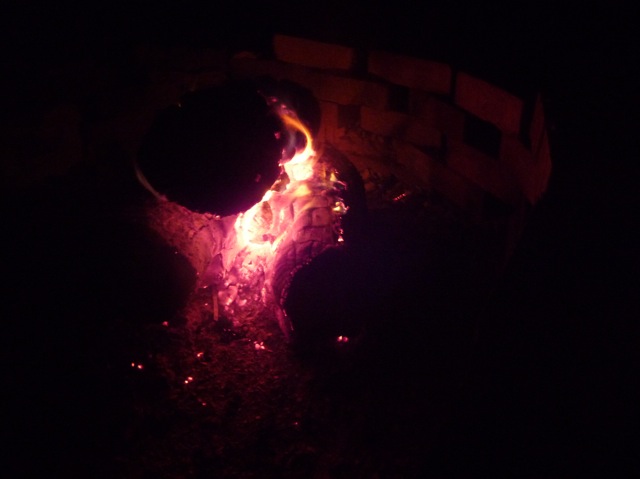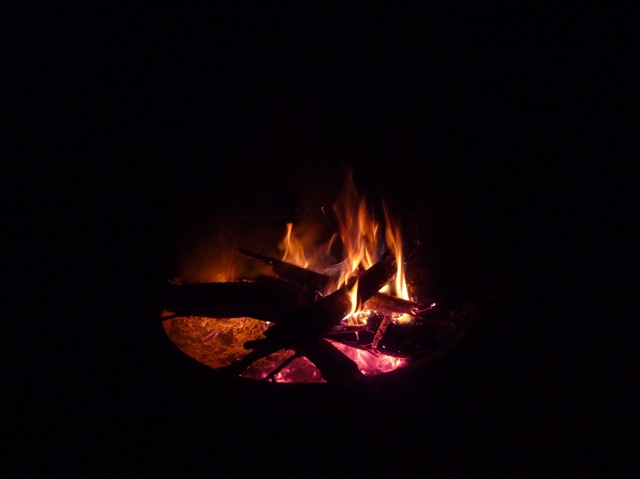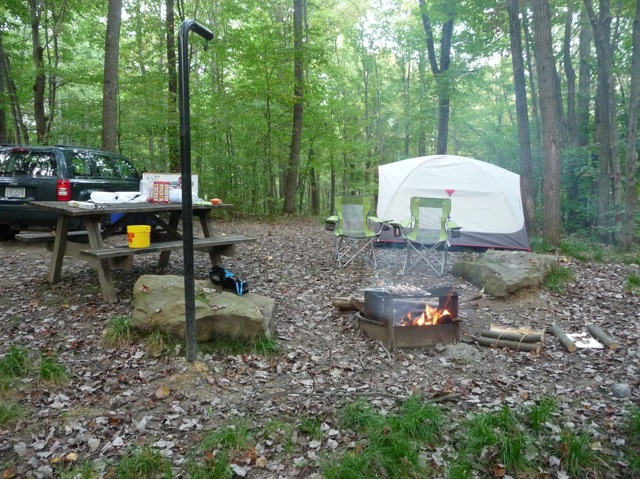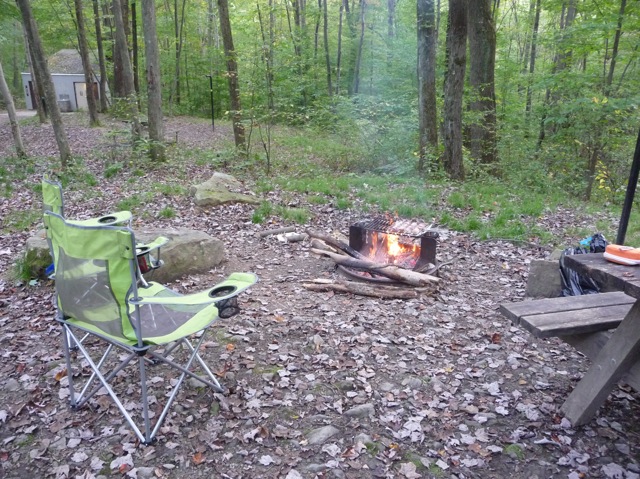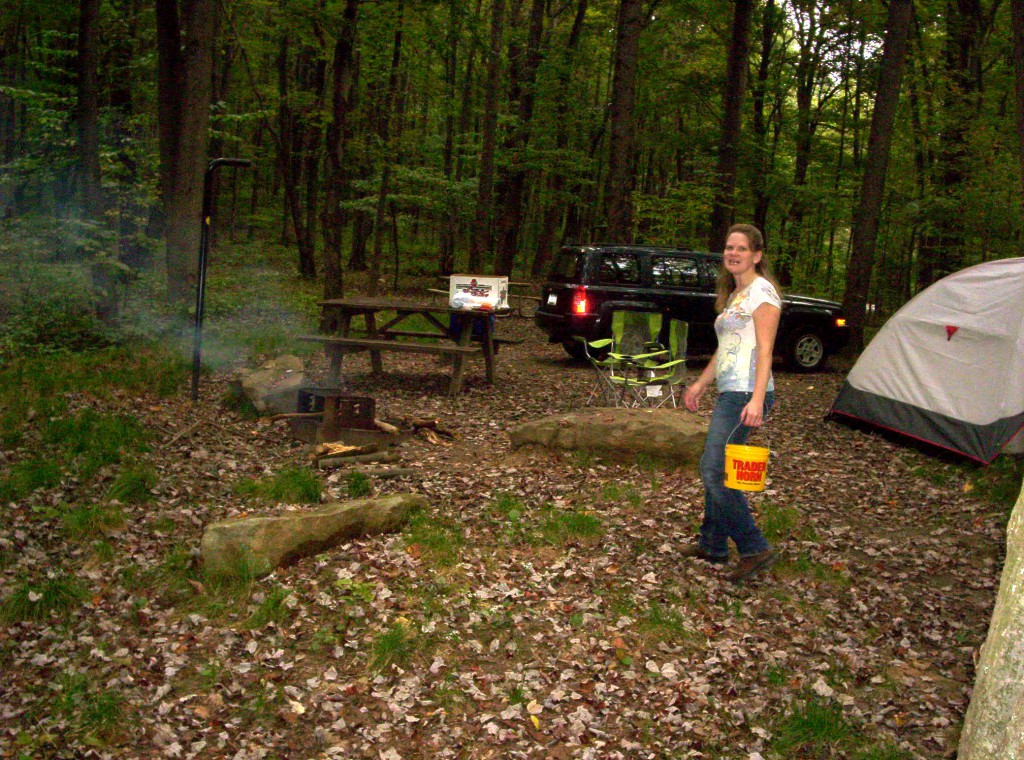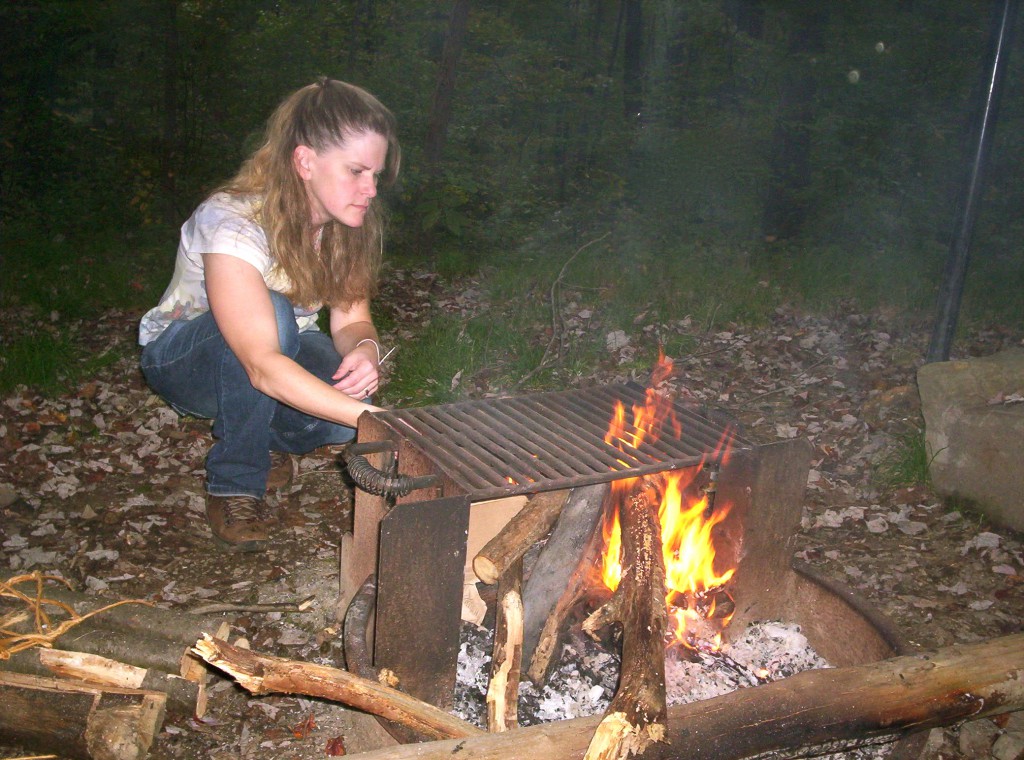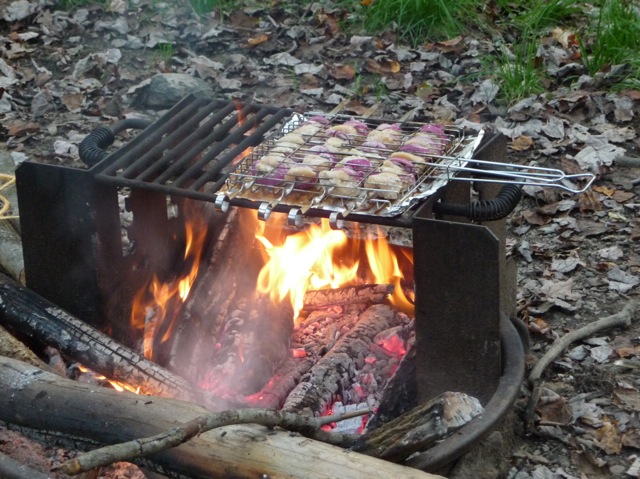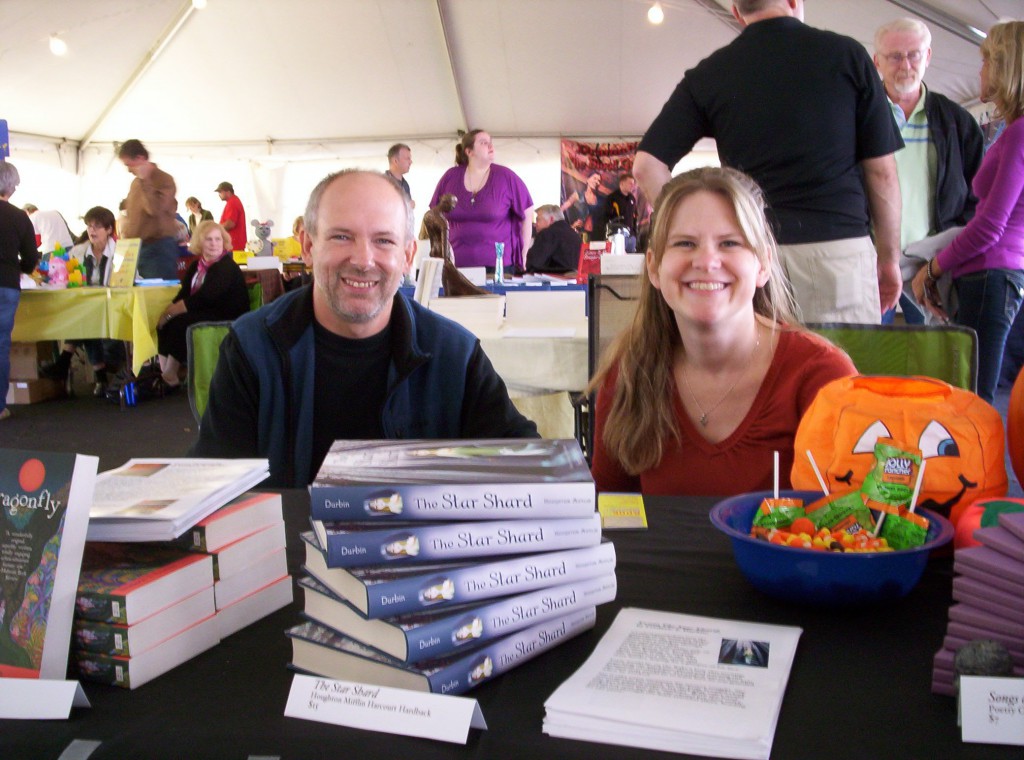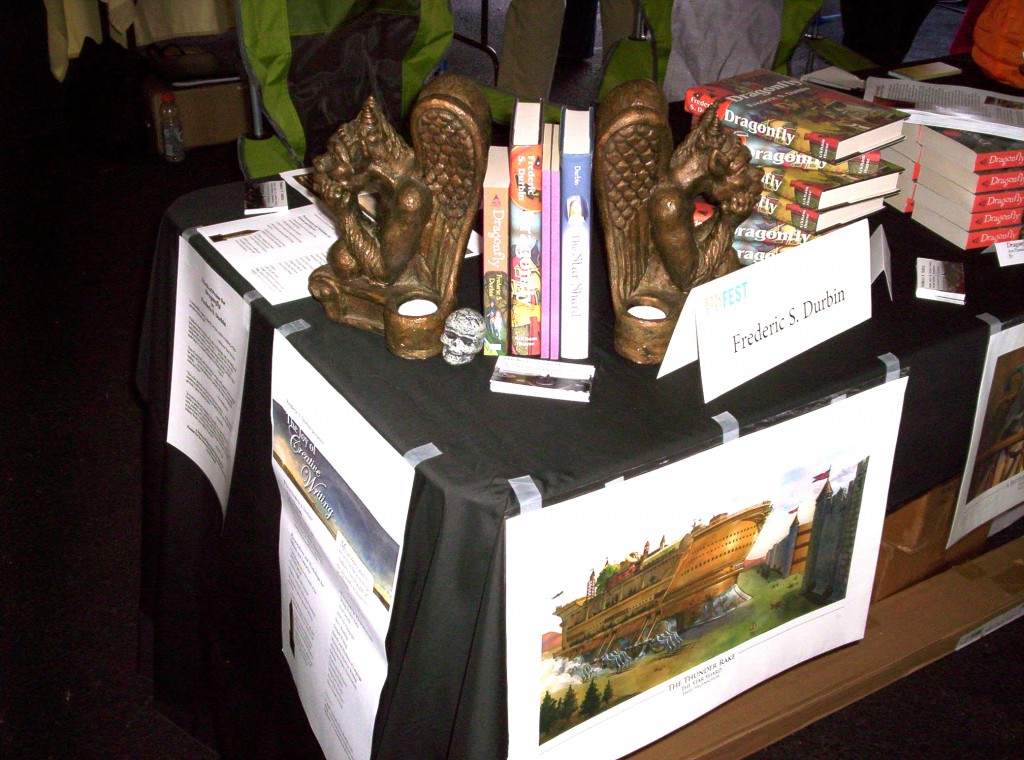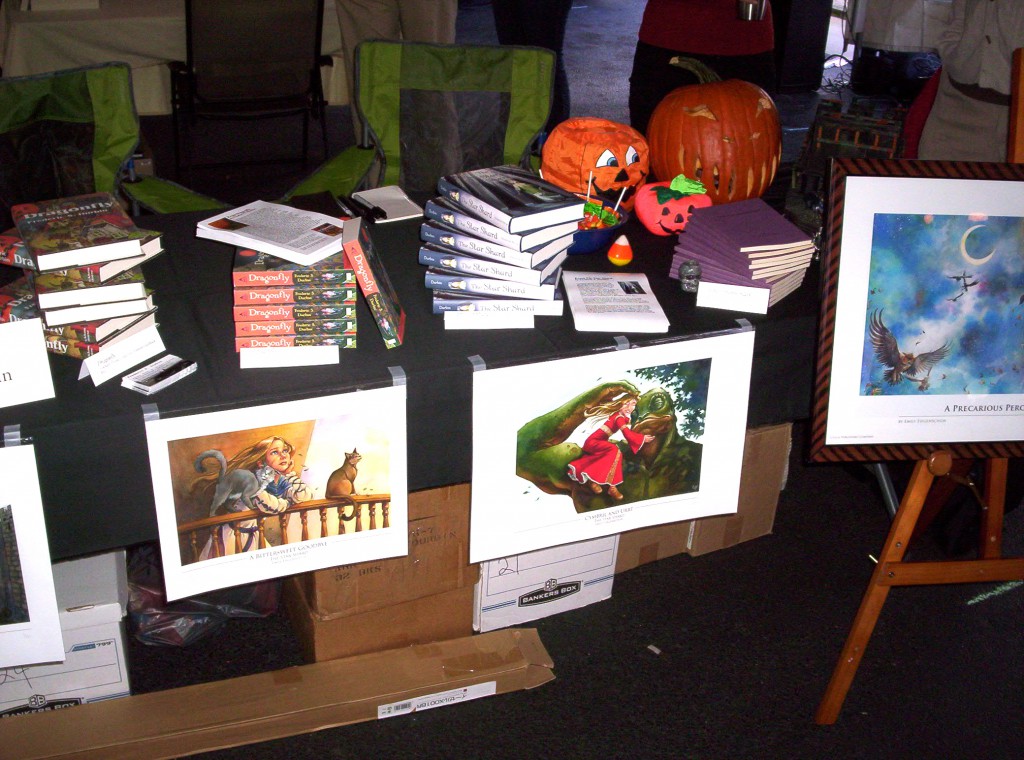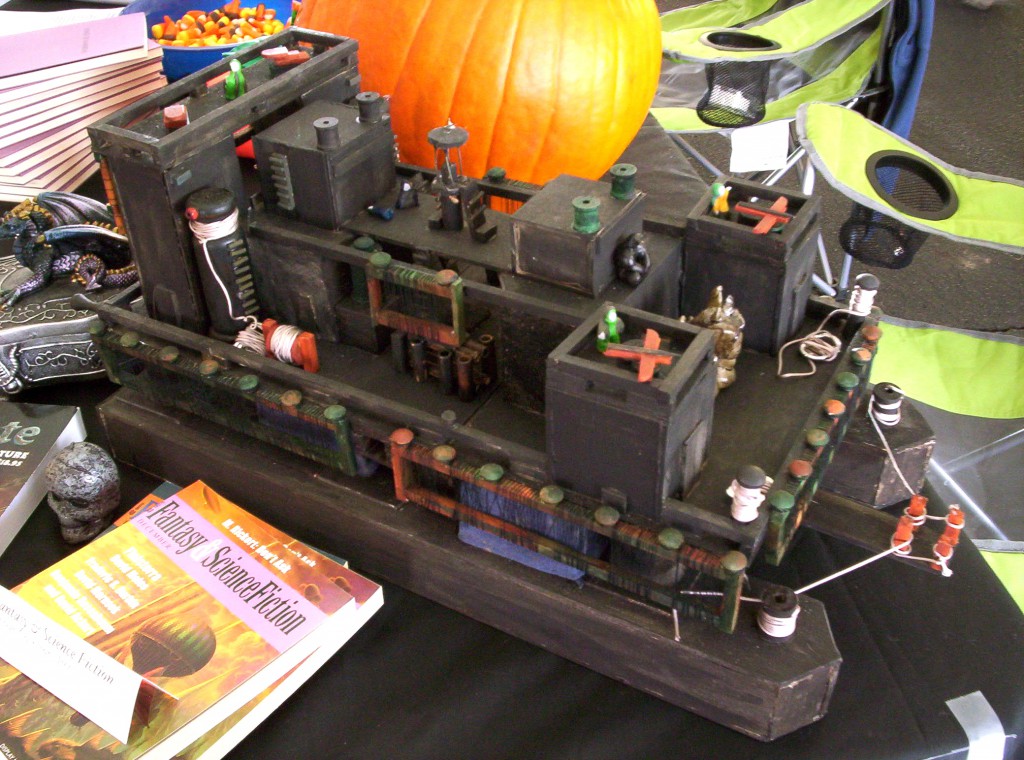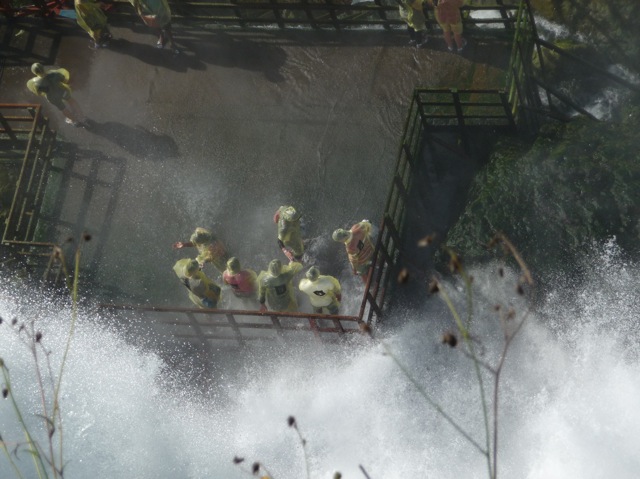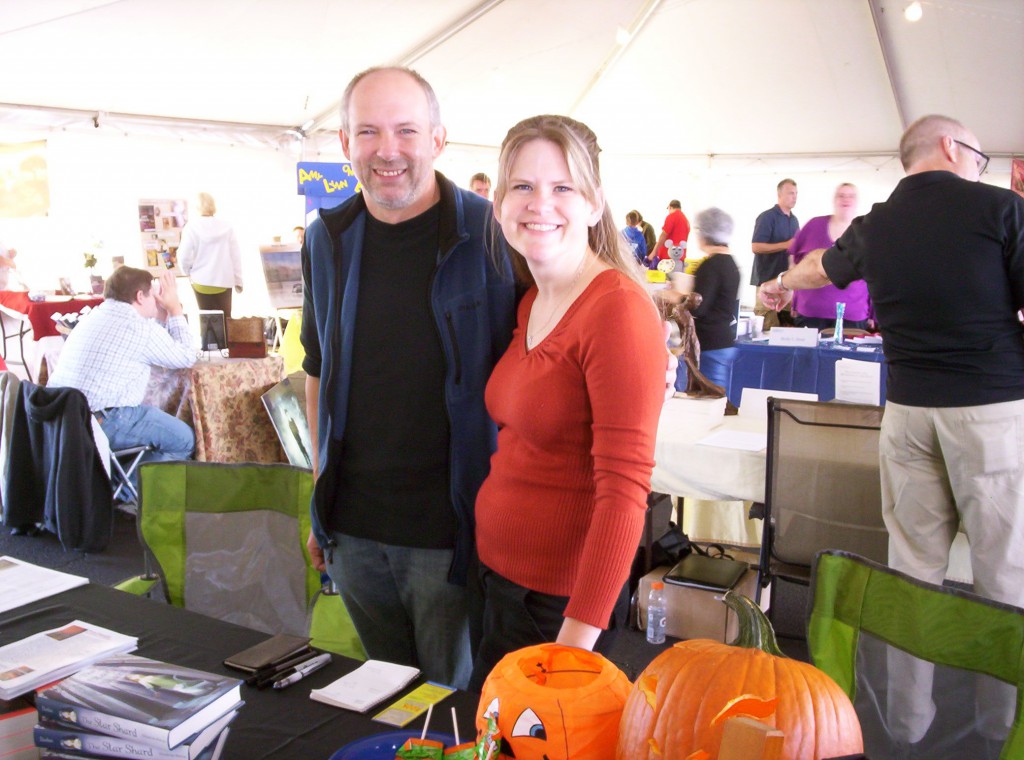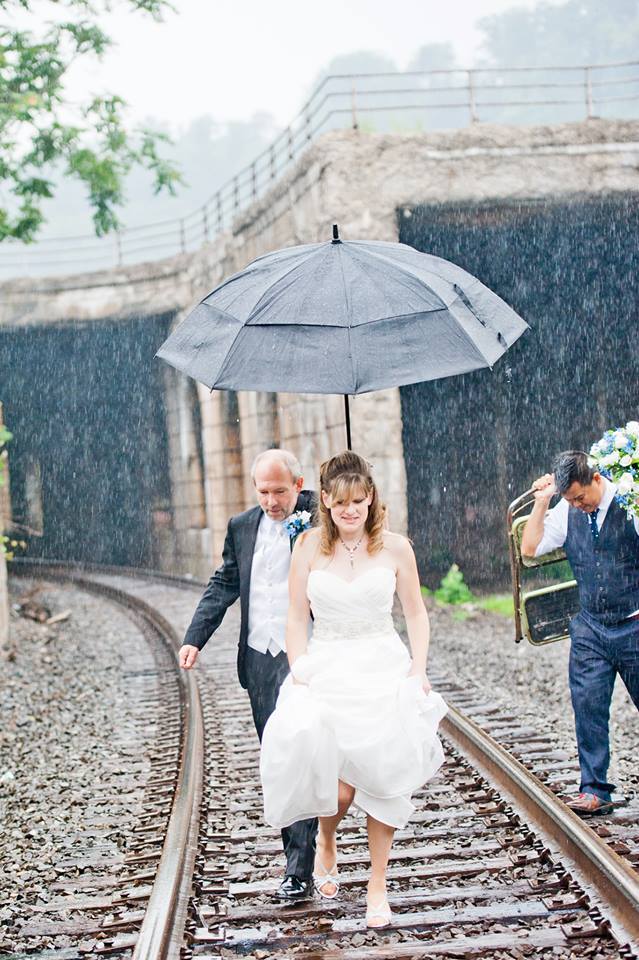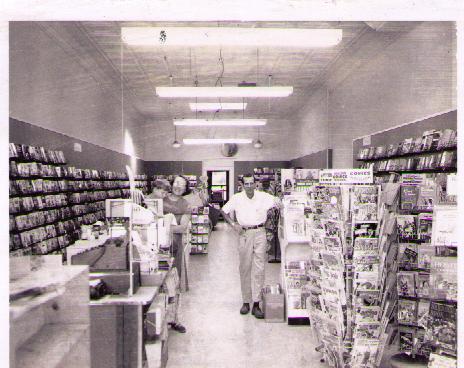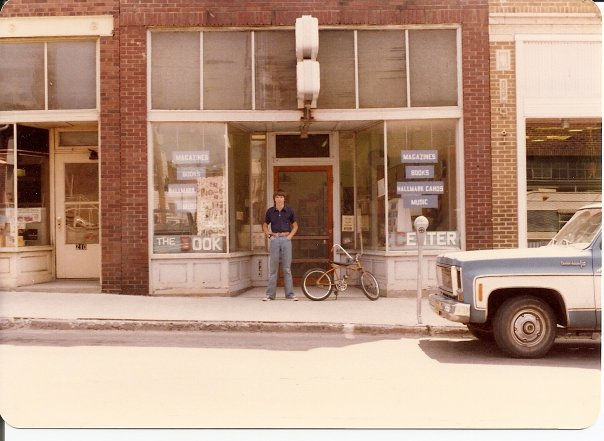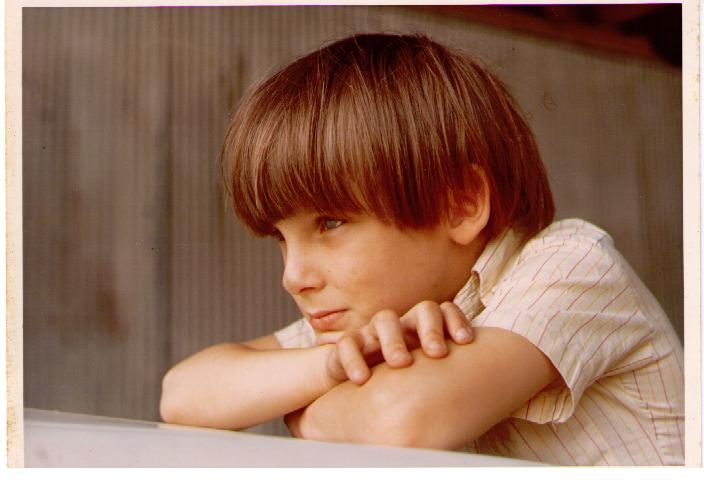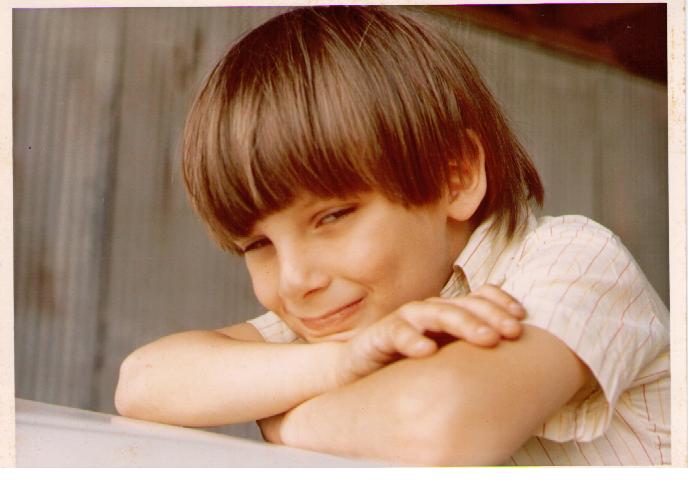The days and nights of Advent are swiftly flying by, and Christmas approaches. As I reflect on the coming of desperately needed Light into our dark world — a coming represented by the countless incandescent bulbs that decorate rooms, porches, trees, rooftops, windows, businesses, and churches at this time of year — I am saddened by the departure this week of one great light from Earth: actor Peter O’Toole has passed away. He was my favorite actor of any land, of any age. Why? Was it because of his expressive face or his otherworldly aspect (the countenance of a ghost somehow very much still alive)? Or was it because of his voice that could make absolutely any written words sound like truth, like the most exquisite poetry? No — it really comes down to this:
Whatever role Mr. O’Toole played — even if it were the most complex, flawed character — he was playing the man I wanted to grow up to be. He made every character absolutely glorious and compelling. I wanted to be Henry II, King of England, clearly in love with life . . . Robinson Crusoe . . . the Roman general Flavius Silva. I wanted to be the wise holy man in Kipling’s Kim, who would not allow his young disciple to break a cobra’s back and slay a living thing . . . Mr. Chips, who was so much like my best professors . . . I wanted to be the Chinese Emperor’s tutor, who “would like to be” a gentleman and lived as one. I wanted to be T. E. Lawrence, crossing the desert at every possible excuse and drinking water only when the Bedouins drank and living a life that, despite the blazing sun and endless sand, was “going to be fun.” And oh, how I wanted to be Don Miguel de Cervantes, mounting those dungeon stairs to face his critics and condemners, serene in his assertions “I have no intention of burning” (at the stake) and “poets select from reality.” Like the Cervantes character, Peter O’Toole chose the world he lived in — or more specifically, he selected and shaped what he could to make it a much better place. And as King Henry responds to Queen Eleanor’s agreement that she hopes the two of them will never die: “Do you think there’s any chance of it?” Do you think there’s any chance that Mr. O’Toole will ever really die? No, Sir, he will not; for he was a storyteller and an actor of the highest order, and he made both those noble professions even nobler. He gave us better options to choose among in this world we inhabit.
There’s our Christmas tree for this year — our first. We can’t stop admiring it and marveling at how a simple, real tree strung with a host of lights and festooned with ornaments becomes so much more than the sum of the parts. Light and life, beauty and enchantment come into the living room and herald the coming of the Lord of Wonder. My goodness, these trees are the very jack-o’-lanterns of the Yuletide!
I really wanted to talk a little about the sense of wonder that suffuses this time of year. Do you remember how it began? — what it felt like as a child, when all our being, all our desire was fixed upon those presents that we knew were on the way, though they took forever to arrive? Each day we would open another little window in one of the battered old Advent calendars from Germany, used year after year; and glimpses of the light of Heaven would spill out through those windows, warm and tantalizing. Each Sunday, another candle on the wreath was lit and burned in the center of the kitchen table during our dinners. I recall the shivery thrill of lying in the dark of my bedroom late on Christmas Eve, listening for the scrape of reindeer hooves on the roof, listening for the scuffling of bootsteps in the living room, or the crinkle of paper. Did you know that excitement, too? — the pulse-racing, stomach-jittery delight of picturing the Christmas tree out there in the benighted living room, and the “jolly old elf” piling presents beneath it, scrawling out his illegible thank-you notes in response to the milk and cookies left for him, stuffing the stocking full of candy and nuts and an orange and wax ampules of flavored sugar water . . . do you remember the ecstasy of receiving presents?
The sense of wonder . . . It changed for me over the years. I distinctly remember a threshold I crossed, a time when the allure of presents turned mostly to vapor. I remember lying in the dark of that same bedroom and realizing that the packages under the tree were not the rightful objects of all hopes. I lay there trying to recapture that thrill of what was appearing in the living room’s shadows and what was inside the pretty paper. But I knew those things wouldn’t make any real difference; they were fun, but they wouldn’t erase the challenges of life or bring lasting fulfillment. I didn’t despise them — I still looked forward to them. But I looked forward even more to spending the next day with family . . . to singing and playing my trombone in church . . . to letting a deeper wonder take the place of its earlier type. I know this sounds hokey to some, but I am reporting real experience here. Heh, heh!
This is the honest truth. The thrill of Christmas transferred itself from presents to people and to a joy that overflowed the walls of time and place. The comfort of an assured happy ending in eternity . . . the awareness that God had set me down in a specific time and place, with carefully selected people around me, the people I needed most — with, best of all, the freedom and peace of mind to be me, to imagine and enjoy stories! Yes, at some point in my late single digits or early teenage years, I figured out what Christmas was all about, Charlie Brown.
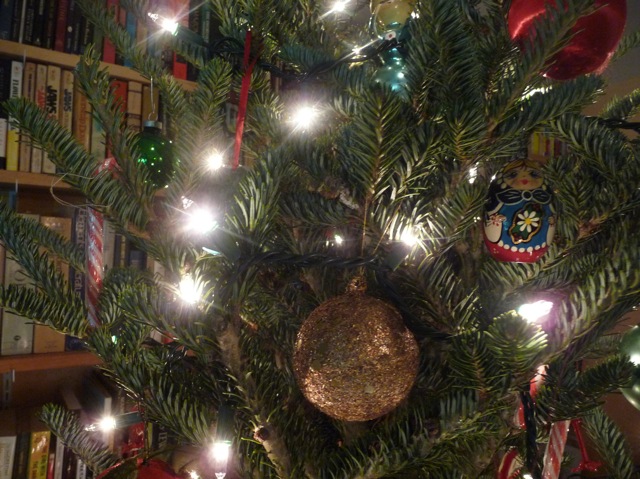
This golden sphere is, as far as I know, the last remaining ornament from our tree at The Book Center, which was a rotating cylinder covered in gold paper, the hooks that thrust out from it decorated with crusted golden and blue silk thread ball-ornaments.
As I moved into the college years, I remember how that same visceral childhood thrill came back in the season between Thanksgiving and Christmas — but this time, over books and writing. I would often take Amtrak trains home for the holidays, my head full of the literature and poetry that Dr. Lettermann and others were getting me to read . . . and full of my own projects (it was The Threshold of Twilight in those days). The depths of Union Station became caverns outside the train’s windows as it glided among them. The woods and hills and fields, all in their wintry browns and grays, sang out in silent, ancient voices, calling me to pick up the pencil.
Much as I champion the summer, it is the autumn and winter landscapes of the Midwest that most remind me of my first encounters with The Lord of the Rings. I must have read a good deal of it in the colder seasons. I suppose it’s oddly appropriate: Tolkien’s great tale is so full of loss and sorrow, of a creation losing its leaves one by one, sinking into the cold and the dark, awaiting renewed light. LOTR, at its heart, is a tale of Advent.
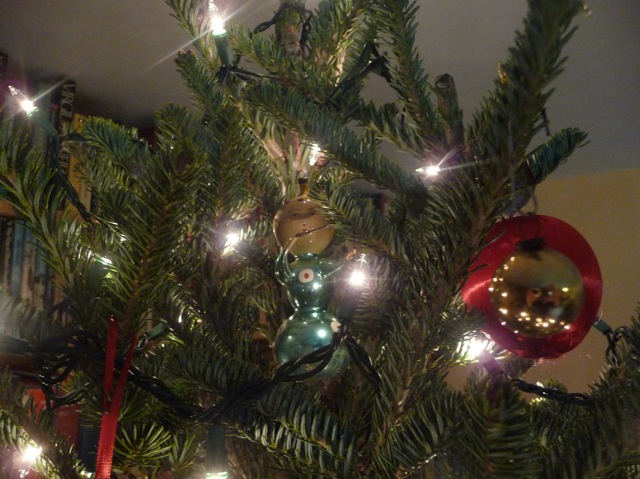
One of the angels who sing. This one, I believe, is conducting. She faces outward from the tree, conducting us all . . .
To this day, when I see a wooded rise, perhaps with some stone showing through the earth, I dream of what lies beneath those trees, inside that hill — there, for me, are the stories.
And even our warm house in the country outside town, with its gentle, dark-paneled walls, its suit of armor beside the dining-room table, its curiosities and old paintings and endless, unfolding shadows filled with books, filled with laughter and love — that was wondrous and magical, too — a place for stories to be born. It’s just occurred to me: I grew up in a hobbit-hole!
Thanks be to God, Who gives us what we need! Praise to the Lord, the Comforter, the Giver of Rest! Thanks be to God, Who gives us gifts and shows us how to use them!
The creation does sing at this time of year. Can you hear it?
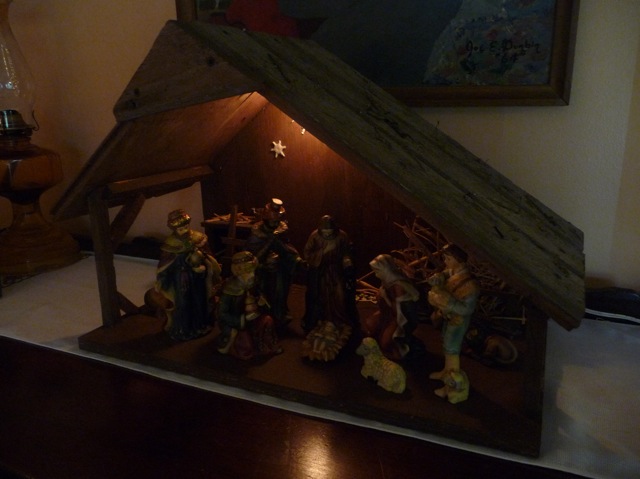
The wood used in this Nativity scene is from the barn of my childhood — seriously! It’s still with us. Let’s finish this blog post at the manger in Bethlehem. That’s the place to be. Let’s leave our burdens and go in from the dark.


